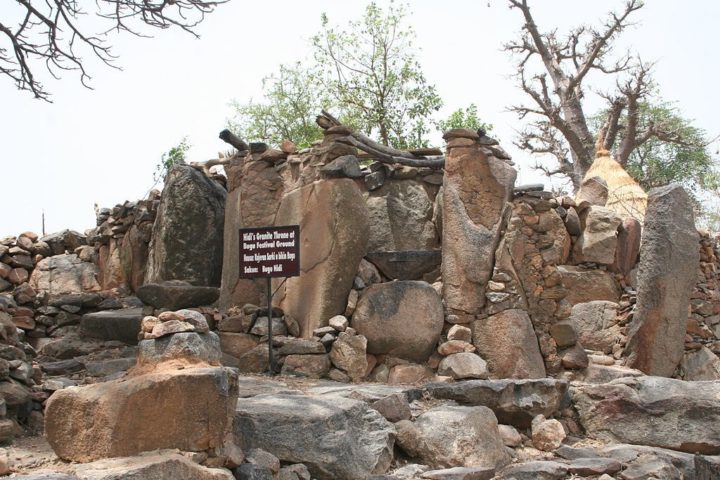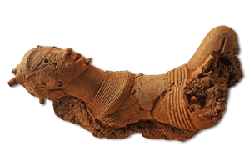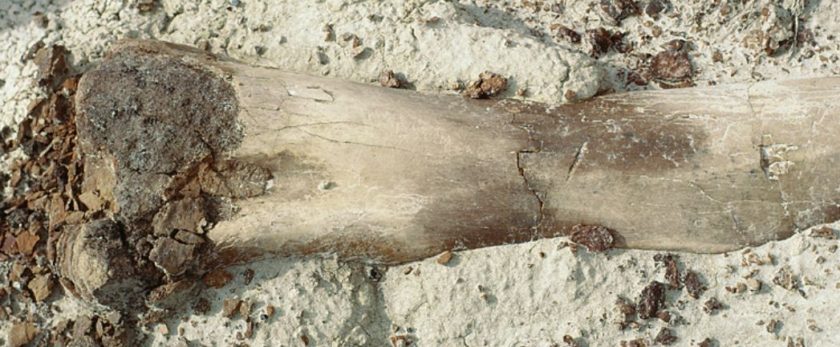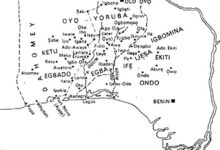Archaeology: A View of Nigeria Two Thousand Years Ago

The Eurocentric view of the African past has derailed the continent of her values that lie in history. Not until the 20th century when some African historians academically battled the Hamitic hypothesis and proved the existence of African history, blacks were considered to have no events worthy of historical study.
The Hamitic hypothesis is an ‘assumption’ which seeks external source/influence to Africa’s political, socio-cultural and economic developments. The lack of her writing culture made these racial propagandists treat her past in such a ridiculous way.
Now, the Hamitic hypothesis, though part of our historiography, is no more given attention, as these historians are now on other aspects of African past. Some of the approach used in tracing back the history of this continent in general and Nigeria particularly are Archaeological, linguistic, ethnic, anthropological etc.
Now, let us talk about archaeology in Nigeria.
Nigeria, in the Southwestern part of Africa, has been occupied for over two thousand years ago. The Archaeological excavations of some sites in Nigeria helped in dating back the history of the country to centuries back.
Archaeology is the scientific study of human (cultural) development through the use of the relics left behind by the people. Carbon-14 dating system is applied to date these excavated artefacts.
How helpful is Archaeology in the historical reconstruction of Nigeria?
Thurstan Shaw is one of the prominent archaeologists who have excavated some sites in Nigerian regions. The chronology provided by him is superb and resourceful. This has been of aid to the historical reconstruction of Nigeria.
A great tool to delve into the past of Nigeria. Summarily the archaeological discoveries travelled far in time perspective. They are relics of the ancient hominids who have lived in this region prior to the modern era, perhaps 2.8 million years ago.
Actually there are no confirmed (fossils) pieces of evidence that the early hominids existed in Nigeria, but the ecological condition of this region in parity with the Eastern part of Africa, Tanzania, where many materials have been found, opined that early humans existed in Nigeria.
They were posited to be sorta Homo Erectus or between Homo Erectus and AMH, modern human. The “craniofacial portion of a skull in VillaFranchian deposits 200km, west-southwest of Largeau, the Republic of Tchad” (Shaw), mean the existence of early men in the region of Nigeria dating back to Middle Pleistocene.

The abounding archeological excavated materials and dates in Nigeria are little bit easy for history students to commit to memory. However, the chronology provided by Shaw in the “Groundwork of Nigeria History” and Oladele (2010) among others like Connah are still of help in this situation.
For Shaw, five periods are provided in examining Nigeria’s prehistoric periods. They are: Early Stone Age, Middle Stone Age, Late Stone Age, the Coming of Metals and Iron Age. The facts in each age are replete, abounding and plentiful. Notably Oladele (2010) has abridged these and outlined the notable sites excavated in Nigeria.
The following are sites excavated in Nigeria and their materials:
1. Igbo Ukwu: The main excavations in Igbo Ukwu (Anambra State) were executed by Shaw and other archaeologists between 1957-1960. Oladele (2010) called the excavated materials “first-class ancient cultural means.” They were bronzes, Iron blades, pots that were “decorated in a highly ornamented style”. Summarily these materials were dated back to the 9th century A.D. (Shaw, Oladele (2010). The existence of these artefacts is a major trend to the past of Nigeria, informing us of the ancient cultural development of the region before the truncation. The trade route networks might have influenced the existence of copper in the region.
2. Taruga near Abuja: Materials found are iron-smelting furnaces, terracotta figurines, smaller stone tools, iron axes, baked clay drought pipe etc (Oladele, 2010).
3. Ile-Ife: Materials found, according to Oladele, are bronze heads, terracotta heads, quartz tools, and animal and human figurines in granite. Some of these archaeologists surmised that these heads were perhaps the founder of Ile-Ife and his wife. And I opined that other tools should have been used by people who worked with the rulers in the palace.
4. In Old Oyo and Iwo Eleru (beside Akure, Ondo State) rock shelters were found. The rock shelters belong to the Late Stone Age period (Shaw).

Notably the classifications of the archaeological excavated materials, according to Oladele (2010) are more of recent time in parity with Shaw’s ancient antiquities. However, it is necessary to have the knowledge of the antefacts excavated and sites of excavations by these archaeologists in the region of Nigeria.
The knowledge of this will help us in having great valour for the culture of ours and remind us of our incompatible and rapid development before the glory was truncated by the aliens. Archaeology in Nigeria should be a major concern for all.
Thanks for reading. Written by Tadese Faforiji for OldNaija.com
Questions? Advert? Click here to email us.











Wow
So this is it,perhaps I still pledge to Nigeria 🇳🇬 my country
Nice article
No histories of the North, East, etc?